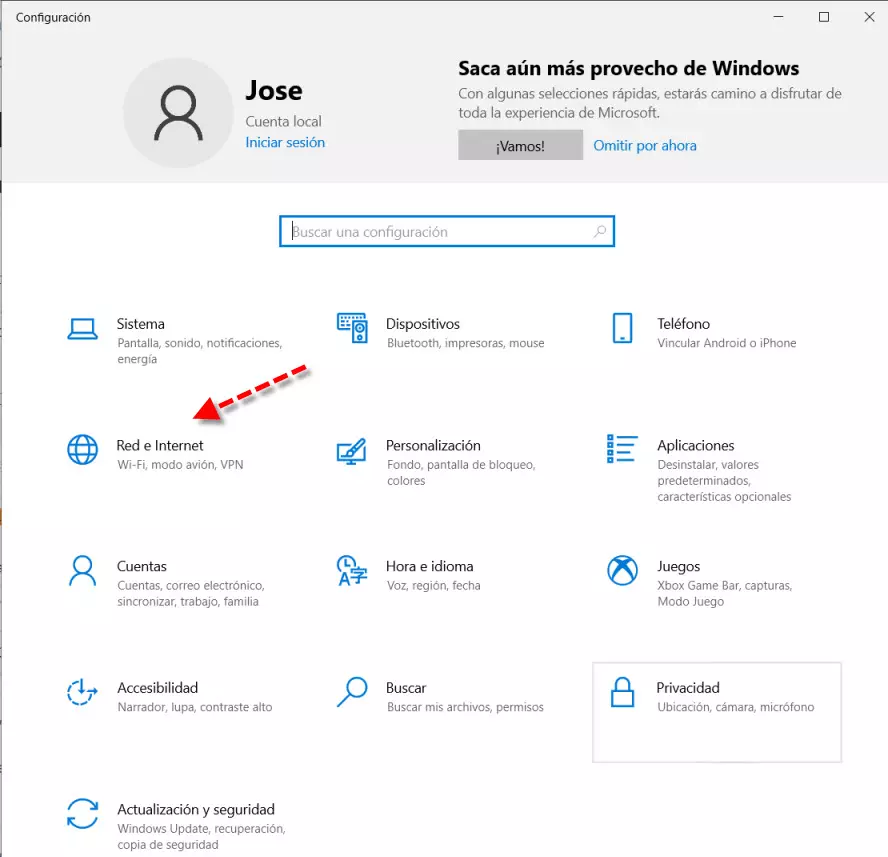
Avoid Image Phishing
Malicious links are not just a visible URL that we see in an email, for example. They are also not just a word or phrase that links to a website. You may meet a Phishing attack on an image. It basically works the same way: you click on that image and you land on a fake website.
They can make an image look real, appear to be a legitimate brand, or even be an exact copy. For example, the logo of a bank, platforms like PayPal, social networks like Facebook… They can launch baits so that the victim has to click on that image to see something in particular, solve a problem, find information…
So what can we do to prevent Image Phishing? The tips they are going to be very similar to any similar phishing attack. It is essential to take precautions whenever you open an email and you should follow these recommendations:
- Take a good look at the e-mail address
- Do not trust alarming messages or those that seek speed
- Do not give any personal information or log in through the image or link that you receive
- If in doubt, ask the company behind that image or logo
Configure your mail and analyze a link
We have given some essential and basic tips to avoid falling into the trap of Phishing through an image. Now, is there anything you can do so that the email does not directly show that displayed image and minimize the risk? The truth is yes. You can configure your e-mail so that do not automatically display images.
In the case of Gmail, to prevent an image from being displayed automatically, you have to log in to your account, go to Settings and, in the Images section that appears below, check the box of Ask before showing external images.
In this way you will prevent images that could be Phishing from being displayed automatically. Although the risk is still there, since you can open it manually, at least you will decrease risk that you inadvertently click by mistake and end up on a fraudulent page.
Another option that you can take into account is to analyze the security of a link. This is very useful to see if a link of an image it is dangerous. You can use online tools like VirusTotal, for example. They use a database to see if the page you are redirecting to may be fake and simply aim to steal passwords and data.
In short, by following these tips you can avoid Phishing through images. It is a strategy that hackers can carry out in order to steal your passwords and personal information. It is essential to avoid making mistakes and falling into the trap.



